Pyroxenite
Photographed by Michael P. Klimetz
Websterite
Cortlandt Complex
Town of Buchanan
Westchester County
NEW YORK
Photographed by Michael P. Klimetz
Websterite
Cortlandt Complex
Town of Buchanan
Westchester County
NEW YORK
Photographed by Michael P. Klimetz
Websterite
Cortlandt Complex
Town of Buchanan
Westchester County
NEW YORK
Photographed by Michael P. Klimetz
Pyroxenite-Peridotite
[Chromium Diopside]
Finero
Ivrea Zone
ITALY
Photographed by Michael P. Klimetz
Pyroxenite-Peridotite
[Chromium Diopside]
Finero
Ivrea Zone
ITALY

Photographed by Michael P. Klimetz
Pyroxenite-Harzburgite
Stillwater Complex
MONTANA
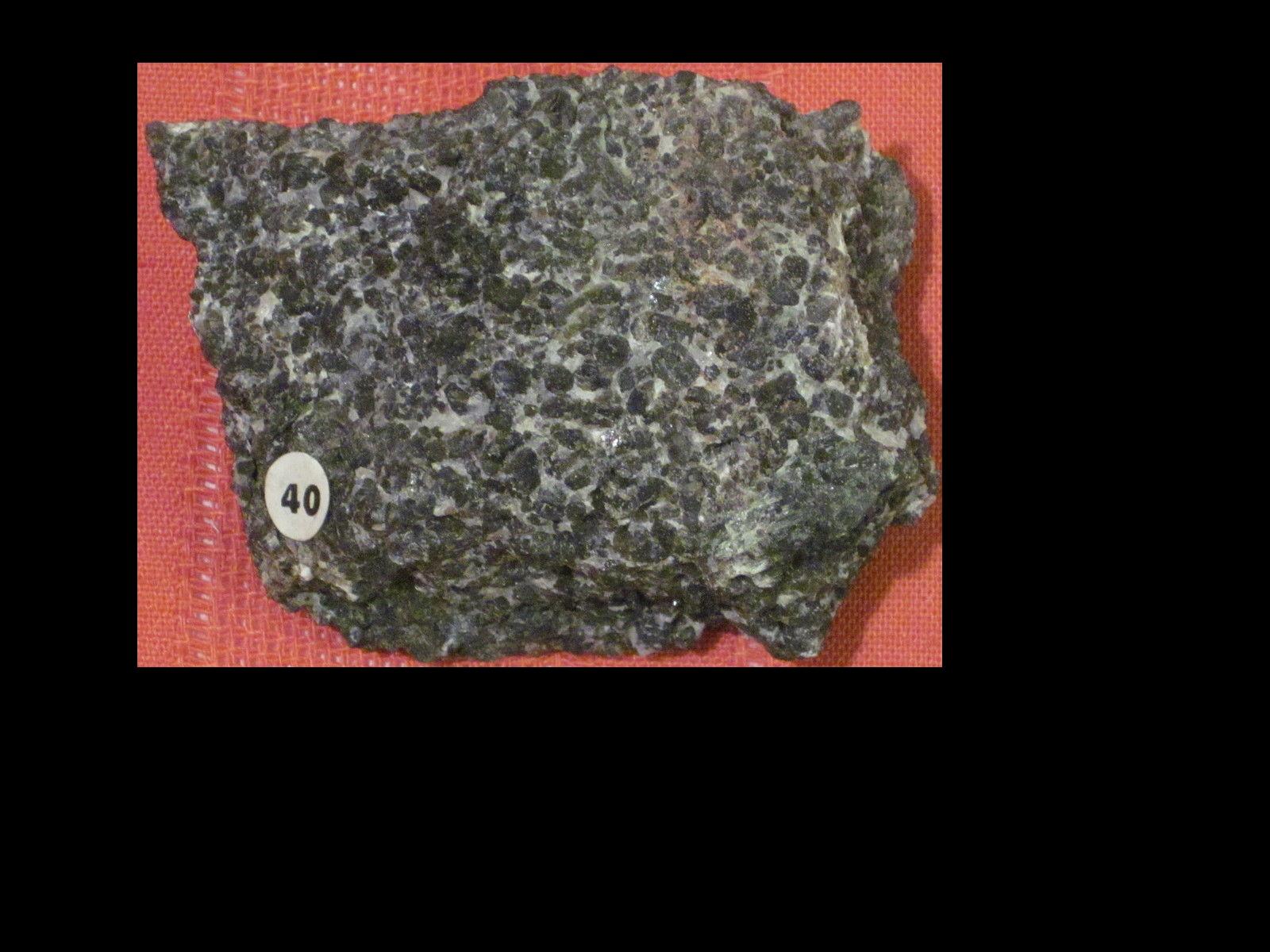
Photographed by Michael P. Klimetz
Pyroxenite-Harzburgite
Stillwater Complex
MONTANA
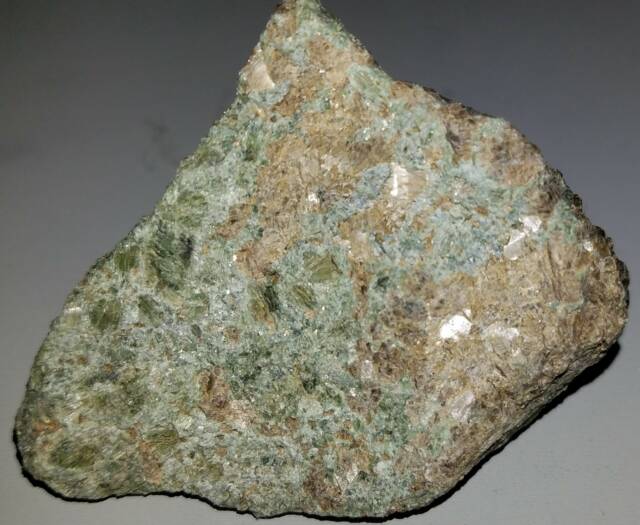
Photographed by Michael P. Klimetz
Bronzite-Chrome Diopside Pyroxenite
Del Puerto Canyon
Stanislaus County
CALIFORNIA
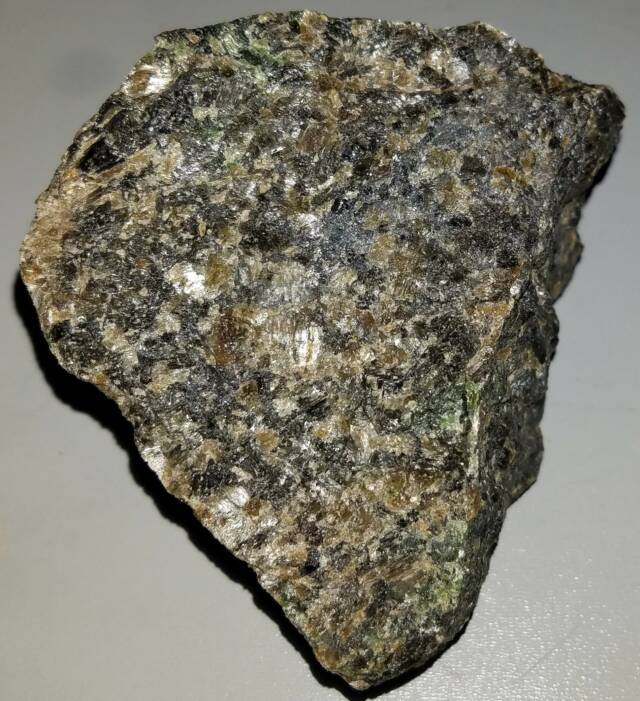
Photographed by Michael P. Klimetz
Bronzite-Chrome Diopside Pyroxenite
Del Puerto Canyon
Stanislaus County
CALIFORNIA
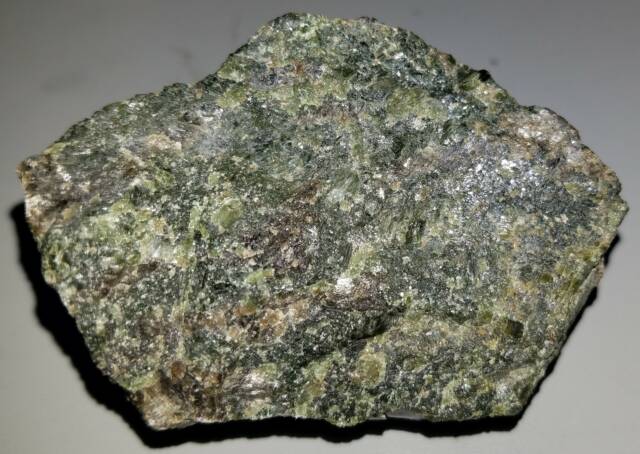
Photographed by Michael P. Klimetz
Bronzite-Chrome Diopside Pyroxenite
Del Puerto Canyon
Stanislaus County
CALIFORNIA
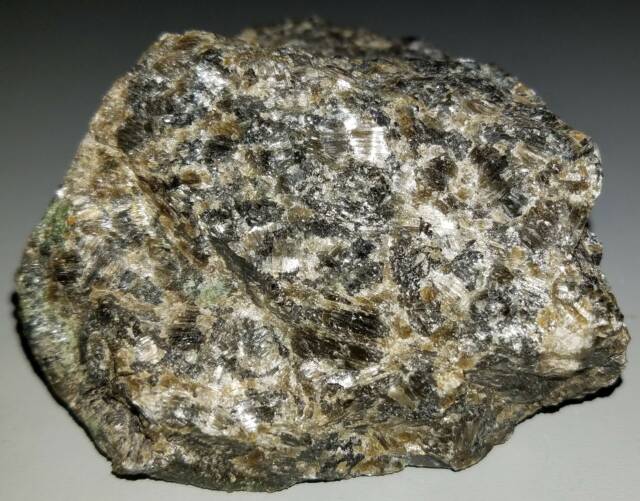
Photographed by Michael P. Klimetz
Bronzite-Chrome Diopside Pyroxenite
Del Puerto Canyon
Stanislaus County
CALIFORNIA
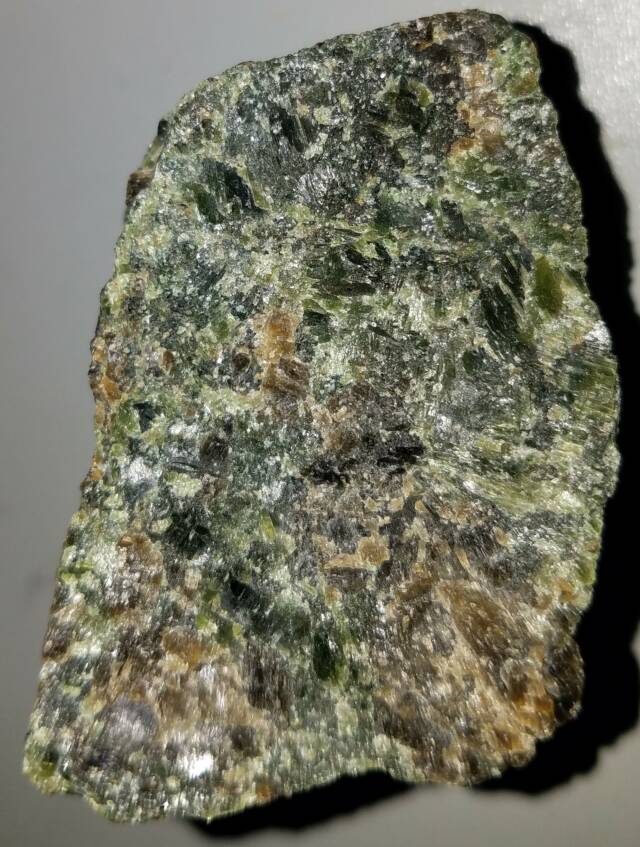
Photographed by Michael P. Klimetz
Bronzite-Chrome Diopside Pyroxenite
Del Puerto Canyon
Stanislaus County
CALIFORNIA
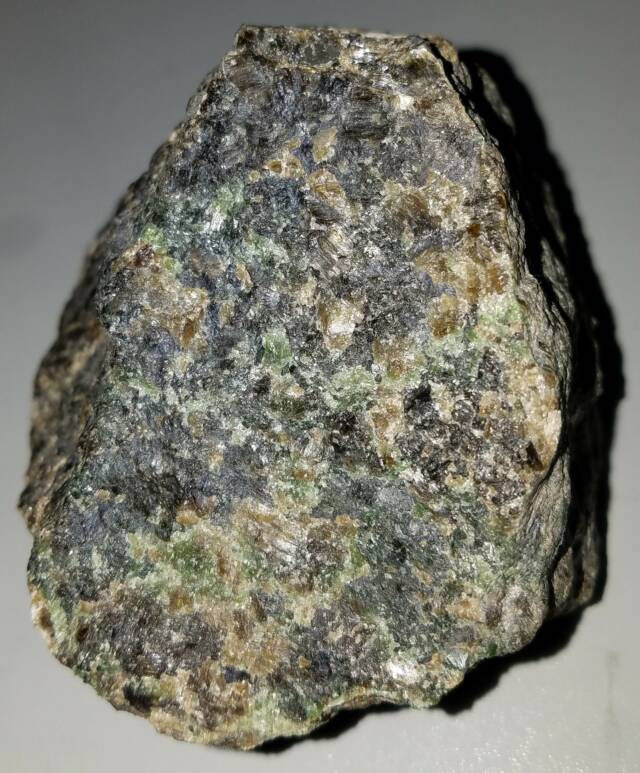
Photographed by Michael P. Klimetz
Bronzite-Chrome Diopside Pyroxenite
Del Puerto Canyon
Stanislaus County
CALIFORNIA
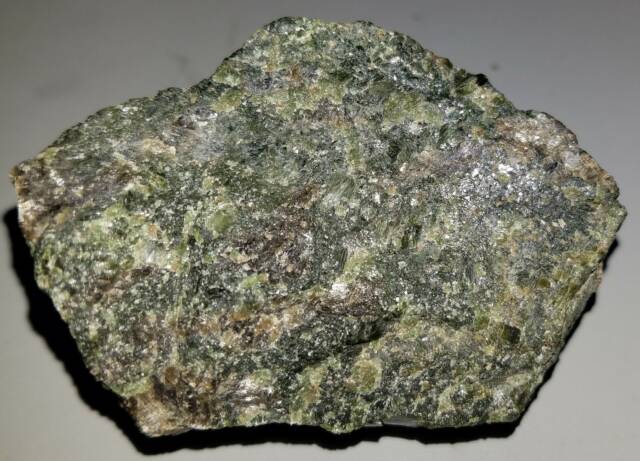
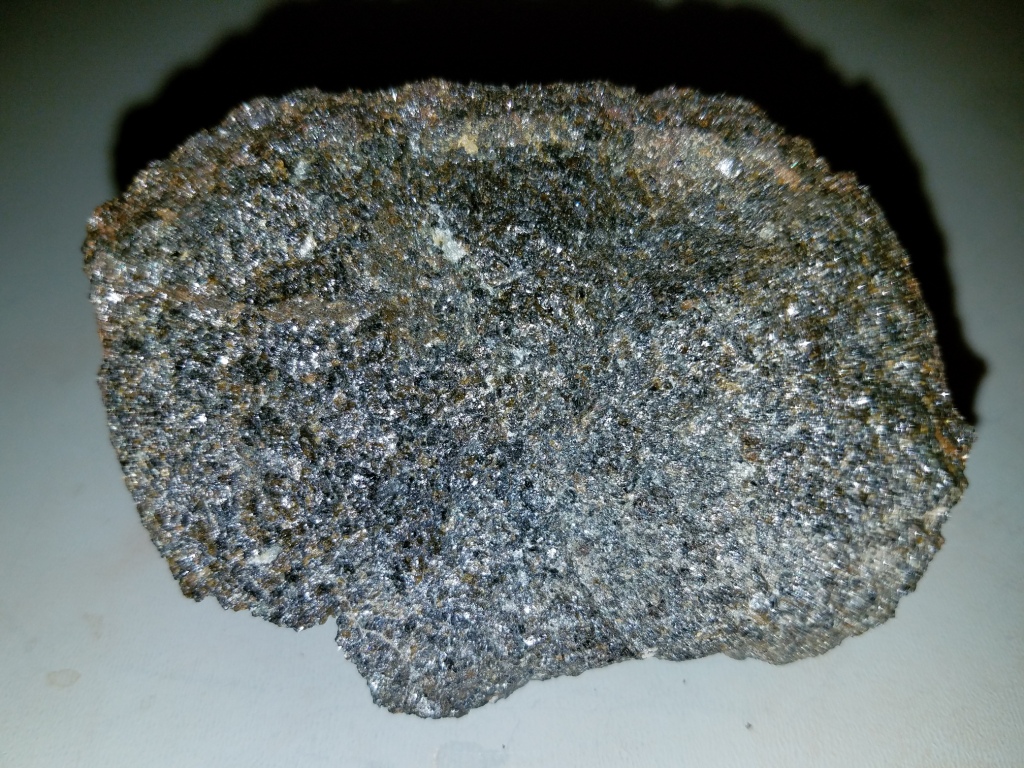
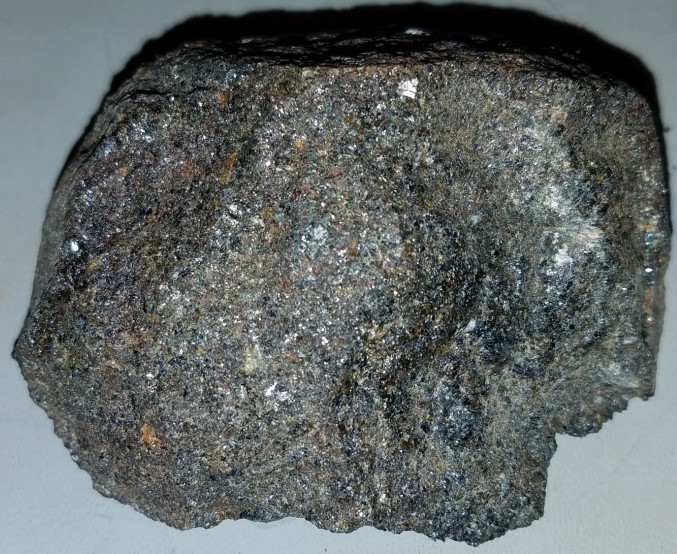
Photographed by Michael P. Klimetz
Magnetite-Bearing Pyroxenite
Sand Canyon
Kern County
CALIFORNIA
Photographed by Michael P. Klimetz
Bronzite-Chrome Diopside Pyroxenite
Del Puerto Canyon
Stanislaus County
CALIFORNIA
Photographed by Michael P. Klimetz
Magnetite-Bearing Pyroxenite
Sand Canyon
Kern County
CALIFORNIA
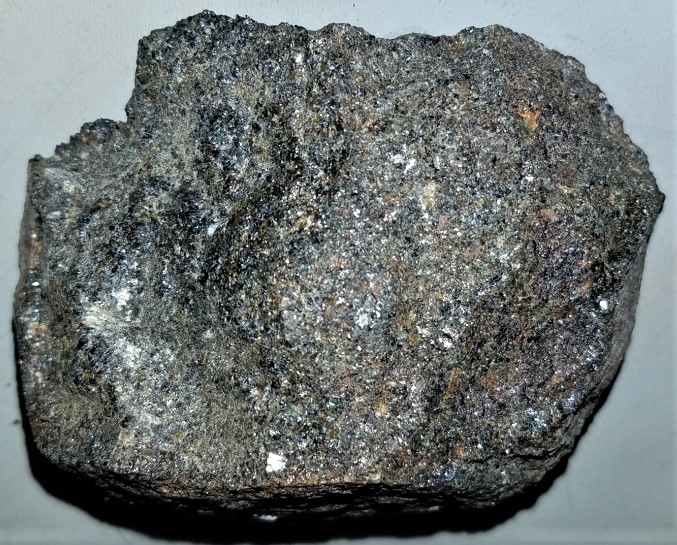
Photographed by Michael P. Klimetz
Magnetite-Bearing Pyroxenite
Sand Canyon
Kern County
CALIFORNIA
Pyroxenite is an ultramafic igneous rock consisting essentially of minerals of the pyroxene group, such as augite, diopside, hypersthene, bronzite or enstatite. Pyroxenites are subdivided into the clinopyroxenites, the orthopyroxenites, and the websterites [which contain both types of pyroxenes]. They are essentially of igneous origin. Pyroxenites are closely allied to gabbros and norites, from which they differ by the absence of feldspar, and to peridotites, which are distinguished from them by the presence of more than 40% olivine. This connection is indicated also by their mode of occurrence, for they usually accompany masses of gabbro and peridotite and seldom are found by themselves. They are often very coarse-grained, containing individual crystals which may be several inches in length. The principal accessory minerals, in addition to olivine and feldspar, are chromite and other spinels, garnet, magnetite, rutile, and scapolite. Pyroxenites can be formed as cumulates in ultramafic intrusions by accumulation of pyroxene crystals at the base of the magma chamber. Here they are generally associated with gabbro and anorthite cumulate layers and are typically high up in the intrusion. They may be accompanied by magnetite layers, ilmenite layers, but rarely chromite cumulates. Pyroxenites are also found as layers within masses of peridotite. These layers most commonly have been interpreted as products of reaction between ascending magmas and peridotite of the upper mantle. The layers typically are a few centimeters to a meter or so in thickness. Pyroxenites that occur as xenoliths in basalt and in kimberlite have been interpreted as fragments of such layers. Although some mantle pyroxenites contain garnet, they are not eclogites, as clinopyroxene in them is less sodic than omphacite and the pyroxenite compositions typically are unlike that of basalt. Pyroxenites might play an important role in basalt genesis. Purely pyroxene-bearing volcanic rocks are rare, restricted to spinifex-textured sills, lava tubes and thick flows in the Archaean greenstone belts. They frequently occur in the form of dikes or segregations in gabbro and peridotite: in Shetland, Cortland on the Hudson River, North Carolina (websterite), Baltimore, New Zealand, and in Saxony. They are also found in the Bushveld Igneous Complex in South Africa and Zimbabwe.